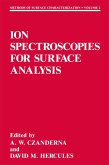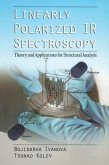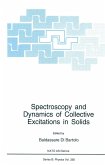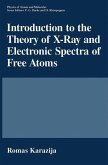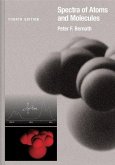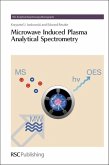The practical properties of many materials are dominated by surface and near-surface composition and structure. An understanding of how the surface region affects material properties starts with an understanding of the elemental composition of that region. Since the most common contaminants are light elements (for example, oxygen, nitrogen, carbon, and hydrogen), there is a clear need for an analytic probe that simultaneously and quantitatively records elemental profiles of all light elements. Energy recoil detection using high-energy heavy ions is unique in its ability to provide quantitative profiles of light and medium mass elements. As such this method holds great promise for the study of a variety of problems in a wide range of fields. While energy recoil detection is one of the newest and most promising ion beam analytic techniques, it is also the oldest in terms of when it was first described. Before discussing recent developments in this field, perhaps it is worth reviewing the early days of this century when the first energy recoil detection experiments were reported.



